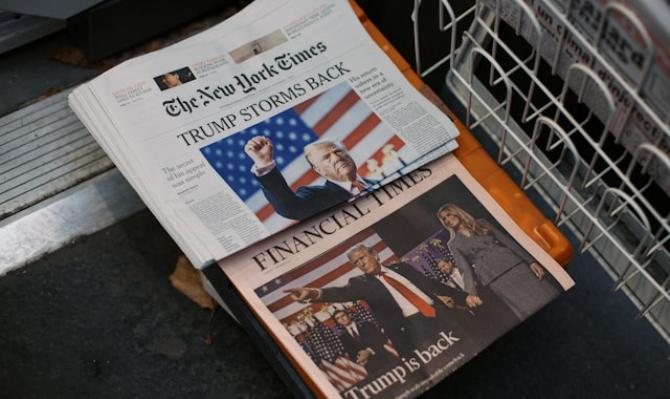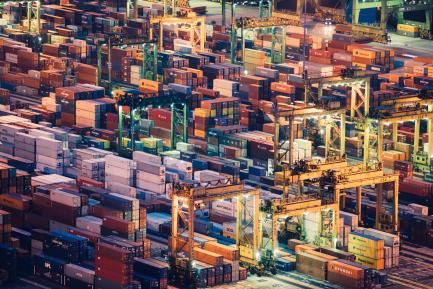The US and China: escalation of the trade conflict
Following the US withdrawal from the Trans-Pacific Partnership (TPP) trade deal in 2017, and fully immersed in the difficult NAFTA renegotiations, Trump began 2018 by placing more burdens on international trade, this time focused against China. Without a doubt, this has increased fears of protectionist backsliding on a global scale.
Under the slogan «America first» policy, Trump has already declared an increase in import tariffs on solar panels, washing machines, aluminium and steel. He has also announced another possible 25% tariff increase on more than 1,300 Chinese products, valued at nearly 50 billion dollars. China did not take long to respond: faced with the American threat, it will apply a tariff increase of a similar size.
Although, for the time being, the actions between the two countries affect only a very small percentage of global trade flows (less than 1%), the climate of greater uncertainty could end up damaging the good rate of growth of the global economy.
Various factors are argued as triggering the US announcements. China’s dumping practices1, particularly since it joined the World Trade Organization (WTO) in 2001, have been a source of constant friction between the US and the Asian giant. Not in vain, China has used unorthodox methods to support its exports by maintaining an undervalued exchange rate for years and offering subsidised prices for electricity, water and other services utilities for manufacturing companies that export, among other measures. As an example, China’s subsidies to the shipbuilding industry reduced the sector’s production costs by between 13% and 20% from 2006 to 2012. This has allowed major Chinese companies in the sector to enter the top 10 largest producers in the world in the space of just a few years.
However, the US criticisms of China’s practices go beyond the usual trade-related topics of dumping. Specifically, the complaints have recently focused on three aspects. Firstly, concerns have been raised over the pressures placed on North American companies operating on Chinese soil to transfer technology and intellectual property to the Chinese companies they collaborate with.
Secondly, there is criticism of the government aid that large Chinese companies receive to help them acquire American companies, especially in high-tech sectors. This situation also contrasts with the obstacles imposed on American companies that want to acquire Chinese companies (lack of reciprocity). For example, in 2015 Chinese direct foreign investment in the US exceeded that of the US on Chinese soil for the first time. This represents a change of direction in investment flows which, most likely, will only become more accentuated over time, as indicated by the most recent data for 2016 and 2017 (see attached chart).
The third area in which the US current protests against China have focused has been the theft of sensitive information from US companies through their computer networks being accessed.
At this point, it should be mentioned that although many disputes related to intellectual property and trademarks can be dealt with under the jurisdictional framework of the WTO, many others remain outside of this framework. For example, those related to the compulsory transfer of technology between companies fall outside of the WTO’s remit. Perhaps the WTO can be criticised for not having done more to broaden consensus on the rules regarding trade and international relations. In fact, the greatest danger of the current escalation of trade tensions between the US and China is precisely the risk of the WTO losing its influence as a cornerstone for establishing such rules and as an arbitrator in disputes between countries.
Beyond the economic logic, Trump’s actions can be interpreted as a mere political strategy, since the accusations of dumping, theft of technology and lack of reciprocity in investments are not something new in the country’s economic relations with China. This is not, however, a strategy that is necessarily sure to end up favouring the Republican Party in the November midterm elections. The reprisals from China, if they occur, would affect sectors that play a major role in the economies of several swing states. In that case, if the electorate that is undecided and adversely affected by the Chinese tariffs blames Trump for the deterioration of their financial situation, the balance could tip in favour of Democratic candidates. That said, if there is one thing we have learned in the past few years, it is that when the debate is polarised, the reaction of voters does not always follow the economic logic. If we are wrong, tell that to the Brexiteers.
1. Dumping practices consist of applying a sale price on exported products that is below the market price.





